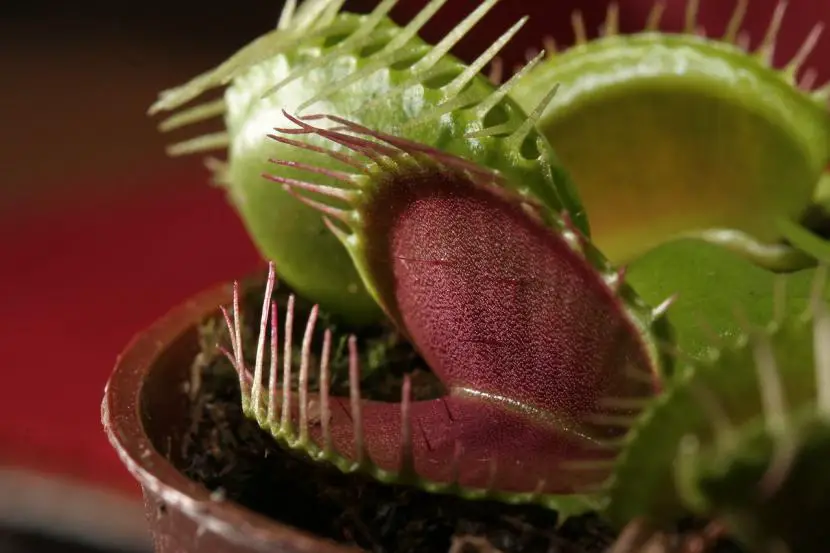
Hello! How did you spend the weekend? This time I’m going to tell you what the most common mistakes in the cultivation of carnivorous plantsstrange and curious plant beings that, although they are easier to take care of than it might seem at first, at first it can be complicated.
So let’s see what we don’t have to do so that our carnivores look beautiful.

Irrigation
One of the mistakes that we often make is that of watering with inappropriate water for these types of plants. Although there is a type of water that is ideal for all plant beings, which is rain, in many places it is very scarce, and we will be forced to use other types. But We should never water with tap water if it is very hard. To check its hardness, we can do it with a TDS meter and introduce the sensor in the water; if it comes out a value lower than 100 (ideally between 0 and 50), we can water with it.
Fertilizer
Fertilizers are very helpful for optimal plant growth, however, carnivorous roots cannot absorb nutrients directlyso they would soon die.

Location
They are considered to be very delicate plants, but the truth is that are prepared to withstand inclement weatherincluding rains. The only thing that must be taken into account is the cold resistance of your carnivorous plant. In general, the ones you will normally find in nurseries and garden stores will withstand temperatures as low as 2 degrees below zero. Too it is important to know where to place themsince Sundew, Penguin and Nepenthes must be protected from direct sun.
Substratum
And finally, we have to talk about the substrate. Must use peat moss without fertilizing with perliteIn this way we will avoid root rot and the plant will grow much better.
Growing carnivorous plants is not easy, but if after reading these tips you have doubts, go ahead and comment on them.

